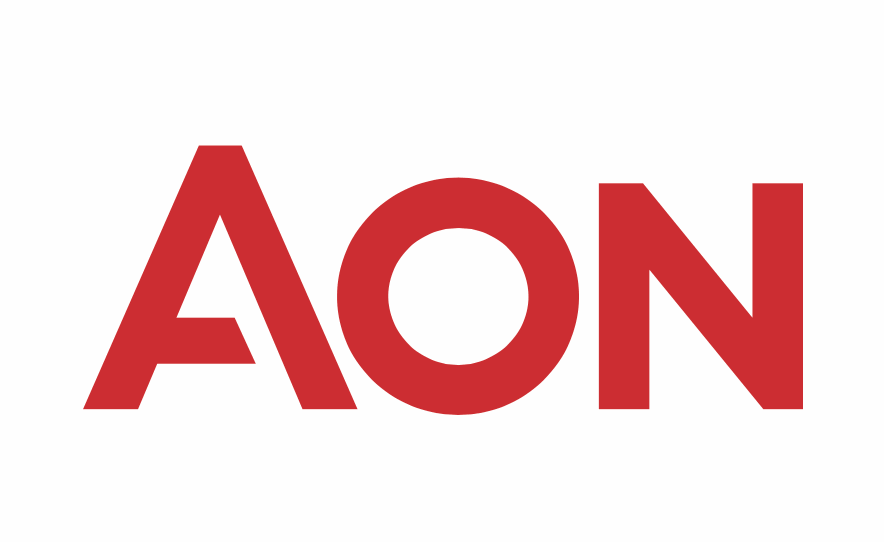Aon plc, a global professional services firm, has unveiled startling research pinpointing a dramatic 80% rise in severe convective storm (SCS) losses, primarily driven by exposure growth.
 The findings have far-reaching implications for insurers and reinsurers as they prepare for the Jan. 1, 2024 reinsurance renewal period.
The findings have far-reaching implications for insurers and reinsurers as they prepare for the Jan. 1, 2024 reinsurance renewal period.
Aon’s data demonstrates that as of 2023, a staggering 70 percent of global insured losses can be attributed to SCS events.
Notably, in the United States, the first half of 2023 witnessed SCS causing $35 billion in insured losses, marking three consecutive years with at least $20 billion in losses during this timeframe.
Aon’s research reveals a remarkable trend spanning from 1990 to 2022, with SCS exposures growing at an annual rate of 8.6 percent, while SCS insured losses increased by an annual rate of 8.9 percent.
Significantly, more than 80% of this burgeoning SCS loss can be directly attributed to exposure changes, representing an emerging form of volatility.
Aon’s analysis suggests that the remaining 20 percent of SCS loss growth could be attributed to subtle climate shifts that are not easily detectable in the fundamental weather factors driving severe convective storms. Alternatively, it may be influenced by other exposure-related factors or random chance.
This highlights the urgency for re/insurers to focus on robust exposure management strategies when seeking to mitigate the impact of SCS on their portfolios.
John Jacobi, Managing Director within Aon’s Reinsurance Solutions’ U.S. actuarial team, offered valuable insights. He emphasised that while climate factors play a pivotal role in numerous perils, there is little evidence indicating significant climatic shifts driving SCS events.
Therefore, he urged re/insurers to prioritsze the management of burgeoning exposures in high-risk areas. This can be effectively achieved through traditional risk management techniques, including accumulation management, enhanced claims handling, and prudent decisions regarding deductibles, limits, and premium levels.
Jacobi emphasised that, moving forward, the industry’s approach to the SCS peril should center less on climate factors and more on robust traditional risk management practices.
Aon’s research highlights the four key drivers of Severe Convective Storm (SCS) exposure change. First, Real Gross Domestic Product (GDP) exhibits an annual growth rate of 2.3 percent, signifying the expansion of economic assets. Second, Fixed Reproducible Tangible Wealth sees an annual growth rate of 2.1 percent, reflecting the evolving valuation of assets.
Third, Property Cost Inflation, with the highest growth rate at 2.8 percent, as measured by the producer price index for construction, offers crucial insights into the shifting landscape of construction costs.
Lastly, Population Distribution, assessed through a housing distribution index, registers a 1.1 percent growth rate, particularly in high-hazard regions such as Texas and the Sun Belt states in the U.S. These factors collectively contribute to the dynamic changes in SCS exposure and associated risks.


